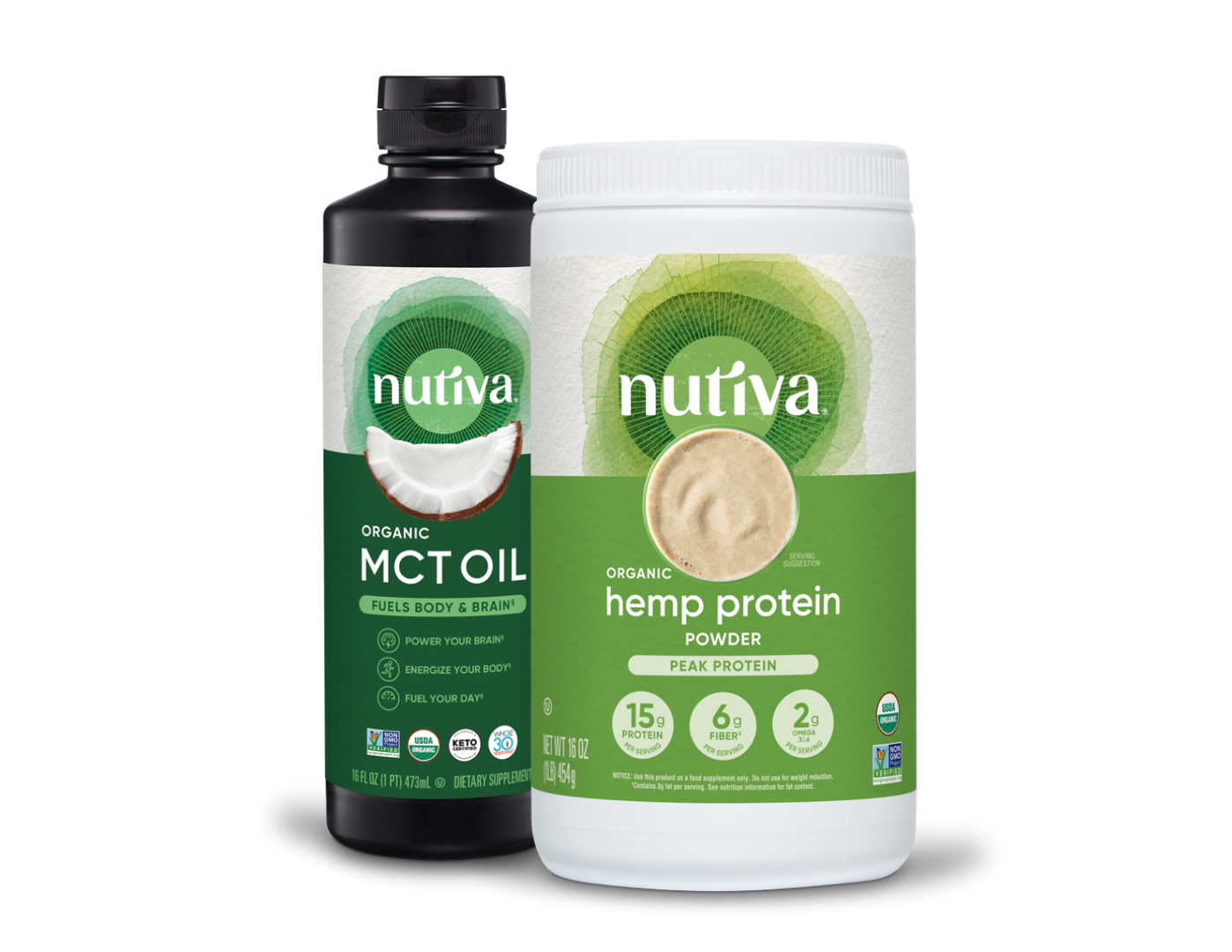the art of upcycle: coconut oil containers find a new life capturing rainwater
At Nutiva, we have launched a zero waste campaign to help us find greener ways to reduce, reuse, and recycle the waste created in our supply chain. We donate byproduct from our manufacturing process to farms for animal feed, compost kitchen scraps, sell cardboard bulk boxes, and donate used oil for biofuel. Most recently, we found a reuse option for the large containers that our coconut oil is shipped in.
Our coconut oil gets shipped on tankers from tropical countries in South East Asia where coconut trees thrive. Food-grade steel drums house the oil, keeping it pure and safe from spillage while in transit. From the nearby Port of Oakland, the drums are trucked to our warehouse and temporarily stored.
When our production team is set to fulfill orders, they warm the drums and pour the coconut oil into bottling machines. Production teams work around the clock to fill, label, and pack coconut oil containers onto pallets that are shipped to stores. The large steel drums that would otherwise go to waste go on to have a new life as part of rain catchment systems. Hundreds of drums were recently sold to recycle haulers as well as donated to the City of Albany for use in these systems.
Because of their ample size and clean surface, steel drums are ideal for catching rainwater off roofs and storing it until it can be used in gardens. Our coconut oil drums are ideally suited for catchment systems because they are food-grade, unlike many steel drums that originate from oil and chemical supply chains.
An average rainstorm can fill a 50-gallon drum in one hour. Because of the current severe drought in California, rain barrels aid in water conservation –as well as storm water management– for cities such as Albany. Tony Wolcott from the City of Albany reported, “The overriding purpose that most people are interested in is water catchment. At present we are putting together a workshop on how to do modifications – this may include welding, torch cutting, and a type of self-sealing tap. I can say safely that everybody likes the appearance and the sturdiness of these steel drums.”
Collecting and storing rainwater also allows for use of water when it is scarce or in case of an emergency. For a DIY model, you’ll need a container, a screen to keep out insects, debris, and bird droppings, and a hose or waterspout to facilitate watering. Place the barrel near the downspout of gutters and run the spout into the barrel. Because steel drums are opaque, they prevent sunlight exposure thereby decreasing algal growth. For information in your area about reused barrels, contact your local water agency or city conservationist. Check out Rain Barrel DIY for tips on how you can get started on your own rainwater collection system.









